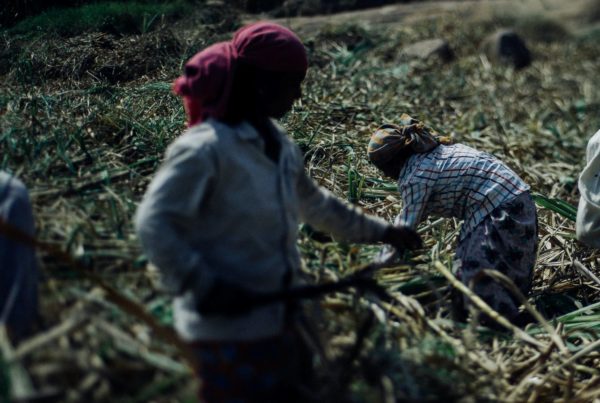Abstract
This paper analyses the economic viability of slavery in the Cape Colony in southern Africa. It has been extensively documented that the affluence of elites was built on the importation of slaves. However, the Dutch East India Company or Verengide Oost-indische Companje, which administrated the colony, expressed concerns that free settlers had invested too much capital in the trade, so that some indications exist that profitability was not certain for all farmers. In this paper, hedonic slave price indices and the value of their marginal productivity have been estimated, to construct annual returns, which are in turn compared with returns on other investments for the period 1700–1725. Hedonic price functions were estimated to remove the anticipated lifetime returns that slaves would yield and to isolate buyers’ perceived depreciation of the slave for 1 year. Cobb–Douglas production functions were estimated for average farmers, as well as at various quintiles along the distribution, to evaluate scale effects. Large farmers enjoyed high returns to slavery over most of the period, confirming the assertions that the elite used slaves profitably. Small farmers, however, did not recoup slave costs from agricultural production: this suggests either that they overinvested in slavery relative to other capital goods (e.g. ploughs or wagons), or that they used slaves profitably outside of agriculture.
Keywords: Cape Colony, Productivity of slaves, Profitability of slaves
JEL classification: J47, J21, N37
https://link.springer.com/article/10.1007/s11698-014-0116-8
Du Plessis, S., Jansen, A. and von Fintel, D., 2015. Slave prices and productivity at the Cape of Good Hope from 1700 to 1725: Did everyone win from the trade?. Cliometrica, 9(3), pp.289-330.







